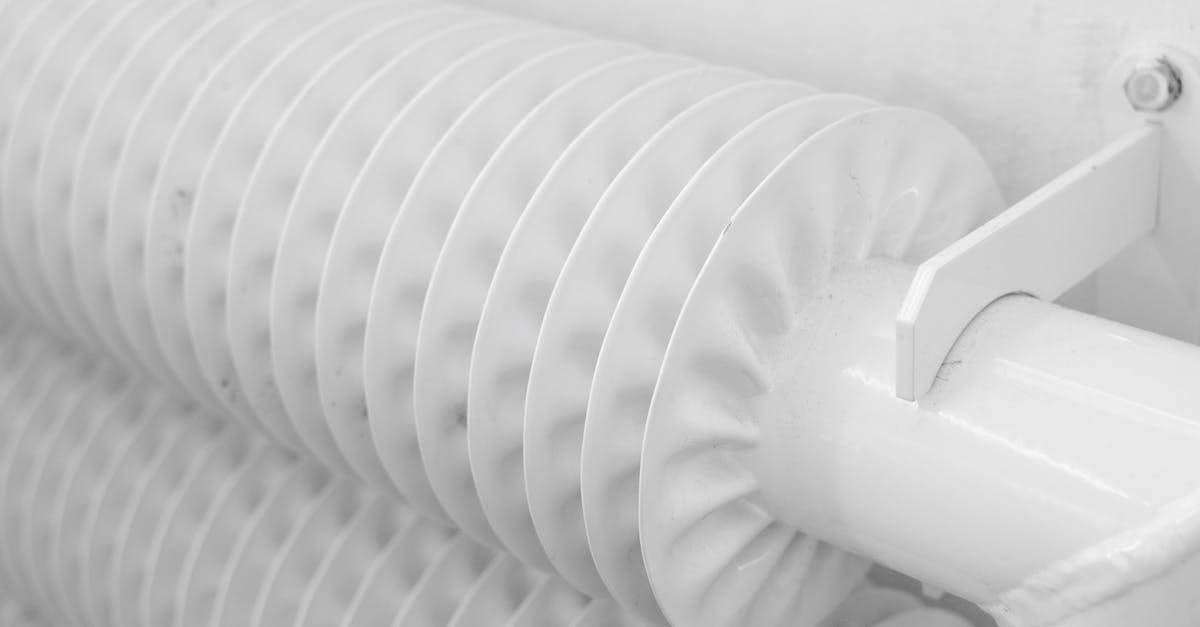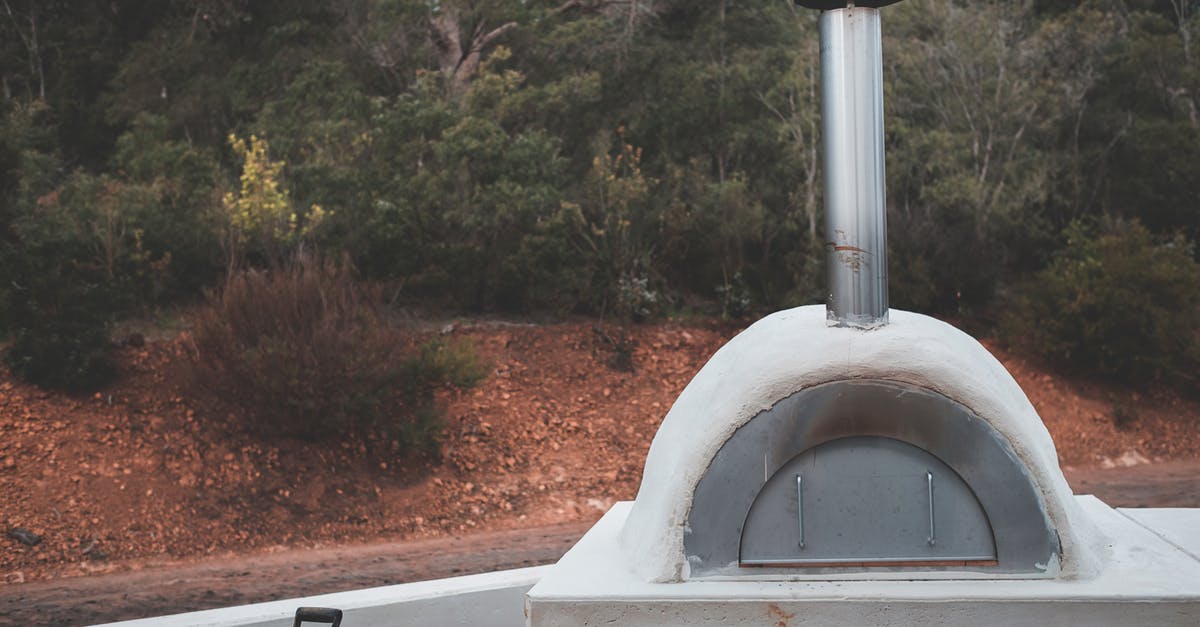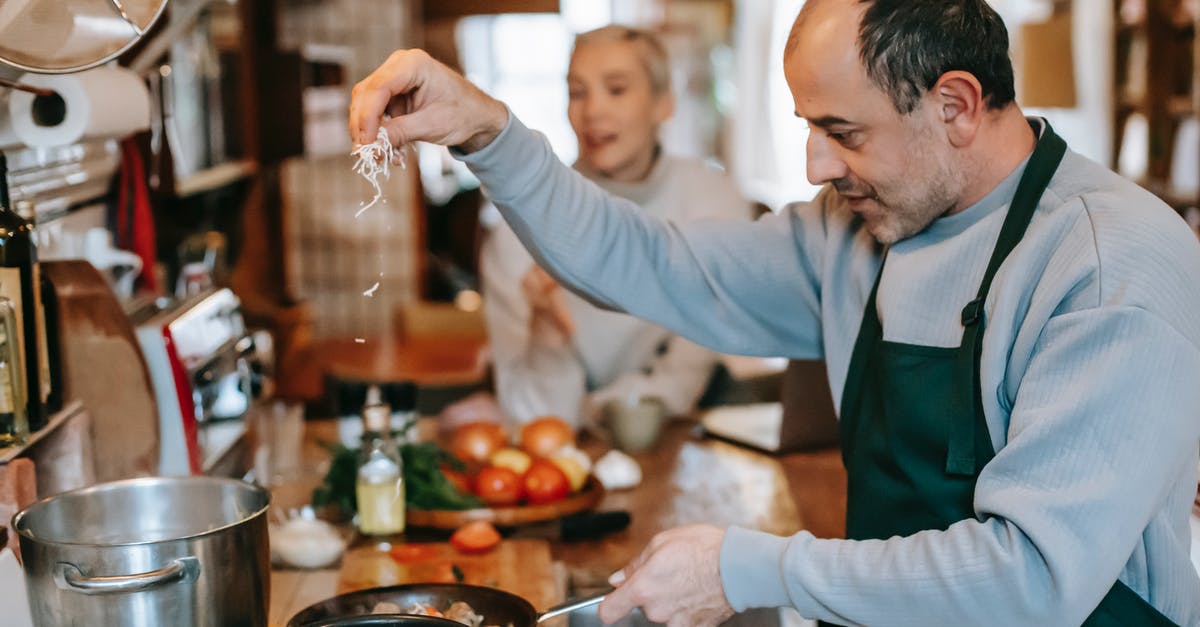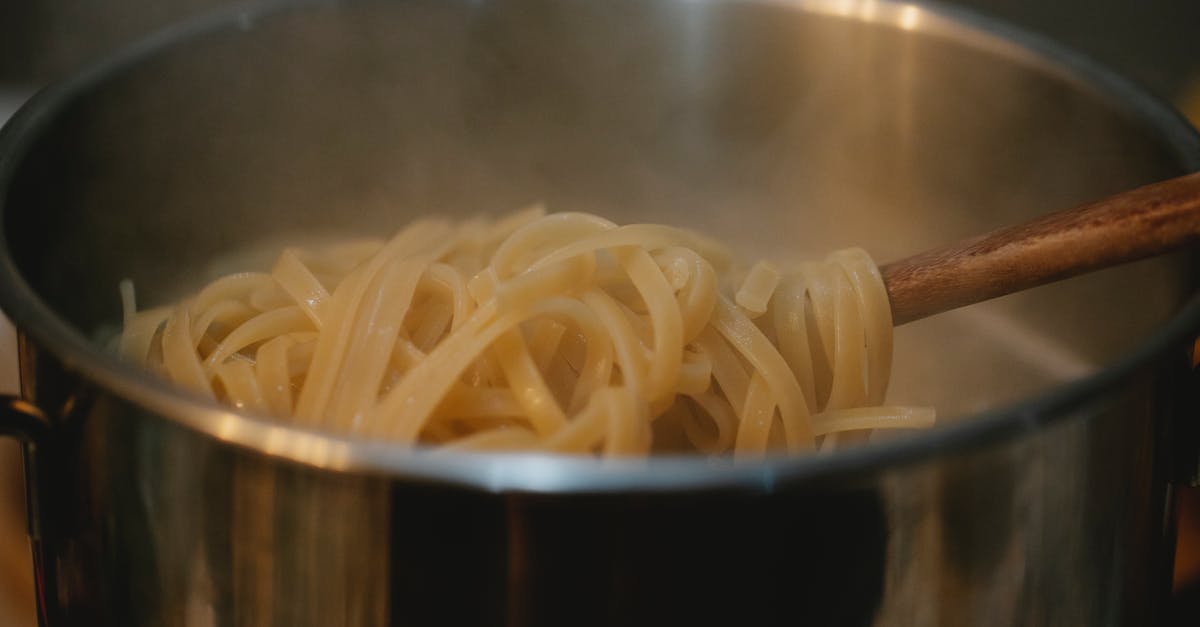Will seasoning stainless steel increase heat transfer to pizza dough?

I asked some time ago questions regarding a pizza oven I planned to buy and bought eventually.
As the oven is pretty small it's difficult to maneuver inside it pizzas that are more than bite-sized. My idea was to use some sturdy stainless steel plate that should withstand the 500 degree Celsius inside the oven, which I will manually rotate with the pizza on it.
I bought some custom-made 316 stainless steel plate, but it suffers from the issue I suspected might happen. The heat transfer from it to the pizza doesn't occur very effectively even though it has a much higher thermal conductivity than cordierite, possibly because its emissivity is significantly lower (at least when polished and clean) and thus any area in the dough which doesn't contact the plate perfectly gets very little crusting.
Another thing not helping is that my dough is quite sticky and requires plenty of flour in order to leave the peel, so that also adds a layer of barrier which probably reduces crusting. I tried with (coarse) semolina too and the results were worse.
So I want to improve the emissivity of the plate. My question is whether seasoning the plate with oil could achieve that, and whether seasoning in such high temperatures is problematic?
Best Answer
I doubt if seasoning will have a major effect on the emissivity of the stainless steel, and you may actually encounter more problems with the polymerized oil flaking off at such a high temperature you are using, which is much greater than a regular domestic oven.
You didn't explicitly state if the cordierite is an integral part of your pizza oven, assuming it is, you have to consider two variables apart from the temperature inside the oven, the heat transfer between the cordierite and the stainless steel, and that between the stainless steel and the pizza itself.
To improve the former at such high temperatures, in engineering environments normally a layer of thermal compound would be used. However, at such temperatures regular thermal paste compounds would break down. In theory, this approach would improve matters somewhat, but probably not to the degree you are looking for. I suspect getting a certified food safe product would be challenging, and also finding something non-destructive that works well with cordierite and steel. There are epoxies that will cope with these types of environments (e.g. T-99), but this would be a permanent process as the steel would be effectively glued to the base of the pizza oven in perpetuity, something you probably don't want for practical reasons.
As to the latter problem, the addition of sugar and oil to your pizza dough is probably the most viable suggestion.
In the first instance, I would try heating the stainless steel for a much longer period before use. You may be able to utilise the environmental temperature to your advantage here, but without knowing exactly how your oven is heated,YMMV.
Practically though, if you just want to improve the emissivity I would abandon the steel and use cast iron. Steel has a very low emissivity rating of 0.07. If you want to increase that factor, using a cast iron dish or skillet would raise that almost by a factor of 10 to 0.64.
Pictures about "Will seasoning stainless steel increase heat transfer to pizza dough?"



Can you make a pizza in a stainless steel skillet?
You can make pizza in an oven-safe stainless steel frying pan. Preheat the pan on the bottom rack of your oven to 550\xb0F (290\xb0C) for 45 minutes before slicing the pie on it. The hot surface of the pan will bake it in 8-10 minutes. I've made pizza in my stainless steel pan plenty of times before.How do you keep pizza from sticking to steel?
Tips to stop pizza dough sticking to peel:How do you make a metal peel pizza slide?
Instructions12 Errors in Pizza Dough Making You Should Avoid - Top 12 Errors!
More answers regarding will seasoning stainless steel increase heat transfer to pizza dough?
Answer 2
What temperature is your oven? I get browning with plain steel cookie sheet at 500 F. Usually I use the gas grill which is a little hotter but I don't remember measurement. I assume you do not set your oven at 930 F- 500 C.I have baked apples at temps like 700 F in industrial furnaces , they cook pretty fast .
Answer 3
Seasoning will make no difference at all in browning. Commercially-made Baking Steels are coated with a very high-temperature seasoning to prevent rust, and not because it improves emissivity. If anything, seasoning would decrease emissivity and conductivity to the pizza, but probably by too small of an increment to measure.
No, there are two possible likely reasons for browning being poor on your new steel plate:
- You're not letting it preheat enough. My Ooni needs to preheat for 20-35minutes for the baking surface to reach 425C. If I put a pizza in before it reaches this temperature, it's pale on the bottom when done on the top.
- The steel plate you're using doesn't mass enough, and it's probably also attached to something that lets it conduct away heat.
Pizza ovens are floored with something heavy, whether corderite, tile, refractory concrete, or heavy steel plate. This is because the mass of the flooring needs to absorb and radiate heat back, and thermal capacity is determined by mass more than any other factor. This is why commercial Baking Steels weigh between 7kg and 18kg; you need that mass to absorb and hold heat.
So if your custom round steel is light, it's not going to retain heat, especially after you put wet pizza dough on it. You might also have it bolted to something, like a turning shaft, that connects to the outside of the oven or even sticks out of the oven entirely. This connected piece of metal would then act as a radiator fin, cooling the steel.
The fix for this is to use a heavier/thicker piece of steel. Secondarily, to use a high-temperature insulator between it any any other conductive metals it directly attaches to.
Sources: Stack Exchange - This article follows the attribution requirements of Stack Exchange and is licensed under CC BY-SA 3.0.
Images: Skylar Kang, Lachlan Ross, Gary Barnes, Klaus Nielsen
